If you are curious about how electric RC cars work, then read on to learn about the different parts of an RC car. An ESC controls the amount of power the motor receives and applies brakes to the car when it spins.
A Potentiometer controls the position of the rod. The actual engine power is generated by a two-stroke motor. An ESC can be found in both electric and gas-powered RC cars.
ESC controls the power going to the motor
ESC stands for Electronic Electrical Flow Control. This device controls the amount of power going to the motor in electric rc cars. Motors are wired with different turns, so as the turn count drops, the motor will draw more amperage.
ESC works to control this and prevent it from happening. In addition to the ESC, an electric rc car may also use a physical limiter.
ESCs can be used with just about every electric RC car motor. In addition to the voltage control, they can also control the motor’s rotation speed. In addition, some ESC systems can be used with wi-fi or Bluetooth connections.
These are very useful at the track, and a knowledgeable retailer can guide you through advanced ESC topics. You can also lookup ESCs on manufacturer websites, YouTube, and the internet.
Brushless ESCs have more sophisticated electronics than their counterparts. They can handle high voltage and high currents. They can even multi-task by doubling or tripling their current capacity.
An ESC also has zero timing mode, which lets you adjust the speed of your motor with just a click of a button. The ESC is a critical component of electric rc cars, so it is imperative to understand how it works.
The ESC has five different tones, each symbolizing a different setting. The tones are programmable, and you can change them by changing the settings. ESCs are usually programmed with high, low, and neutral timing.
The ESC is programmed with different timing for different motors than others. The ESC can also recognize the motor’s operating voltage and timing by itself.
Potentiometer controls the position of the rod
The position of the electric RC car’s rod is controlled by a potentiometer. Potentiometers come in three types, linear, logarithmic, and anti-logarithmic.
They are best determined by measuring the resistance across each half of the potentiometer. The linear type has equal resistance on both sides of the device, while the logarithmic type is 90% one way.
A potentiometer is an electrical circuit that converts the position of a rod or lever into an electrical signal. When this signal reaches the remote control, the potentiometer provides an electrical measurement of the lever’s position.
A receiver receives the radio signal and transforms it into an electrical impulse which is then passed along to various components. Once the signals have passed through the transmitter, they are translated into the motor’s electronic commands.
A servo motor is the heart of the electric RC car. These motors are usually powered by a battery pack or an electronic speed controller. They are often powered by a single or dual-power pack. The latter offers higher power, more stability, and more control.
Brushless motors, on the other hand, are considered to be the pinnacle of performance. In selecting a servo, it is important to consider the size of the servo, its torque, its turning force, and the amount of time it takes to fully lock the rod position.
A continuous rotation servo is a type that does not have a fixed range of motion. Its duty cycle determines how fast the servo will turn. By decreasing the duty cycle, the servo will turn anti-clockwise, while increasing the duty cycle will turn it clockwise.
This type of servo is more expensive and requires more power from the battery.
ESC applies the brakes when the motor is spinning
Electronic Stability Control, or ESC, is a feature on many cars that automatically applies the brakes when the motor is spinning. It works to minimize skidding during emergency evasive swerves and prevents the car from overcorrecting the steering wheel.
Sometimes, well-intentioned drivers oversteer or understeer, which can be dangerous and even deadly, especially on wet roads or when hydroplaning. These problems are common in single-vehicle accidents, so ESCs help the driver maintain control.
ESC is the most important safety feature on a vehicle. Although a side-swiping drift is a great form of entertainment for experienced racers on a closed course, it is not something you would want to do in traffic.
Therefore, the government of Canada mandated that all new passenger cars come with ESC as standard equipment. The system is now standard on most vehicles manufactured after September 2011.
In 2007, ESC was available on only 50% of new models in North America. In Europe, 78-96% of vehicles have ESC. In 2007, ESC was standard in mass-market superminis in the UK but the availability of the technology varied by country.
In the US, ESC was already standard in around half of the vehicles, but the availability of the technology in many new cars increased as awareness of ESC grew.
ESC works in conjunction with the anti-lock braking system. If you notice a malfunction icon on your dashboard, it is likely that another system is causing the problem. It is recommended to seek the assistance of a mechanic immediately.
However, if the warning light does not turn off, the system is working properly. If the light stays on after the system has made adjustments, the car may jerk a little.
RC cars have a two-stroke engine
In both gas-powered and electric RC cars, the fuel used is a fuel such as gasoline. These engines run on a two-stroke principle, requiring one revolution of each cylinder for each cycle.
Gas-powered RC cars are ideal for people who love racing games and other realistic simulations. They usually require a seven-figure battery system, which is sold separately, as well as a variator.
A two-stroke engine has a number of advantages over a four-stroke engine. First and foremost, a two-stroke produces twice as much power as a four-stroke. And because the combustion and intake strokes are done in a single stroke, two-stroke engines are simpler to build and use less fuel.
This means the car is lighter and cheaper to run. The two-stroke engine has a few more advantages, including simplicity and low maintenance.
The most common type of two-stroke engine is a two-stroke IC. A four-stroke engine, on the other hand, is heavier and requires more maintenance. Both engines produce the same amount of power, but two-stroke models make more power per cubic centimeter.
However, two-stroke RC cars typically use a two-stroke engine for more powerful performance. If you’re unsure which engine to buy for your car, read on for some information about the two-stroke RC engines that are available today.
Radio-controlled cars with fuel engines are popular for their power and long run times. Fuel-powered RC cars have the added benefit of noise, which can be annoying to your neighbors.
However, fuel-powered radio-controlled cars require maintenance and knowledge of carburetion. The main difference between a gas-powered and an electric car is the type of fuel used.
But, unlike gas-powered radio-controlled cars, an electric car will not pollute your environment, and you won’t have to worry about your car going off the road when you’re not looking!
They use a radio signal to control their speed
The RC car that uses a radio signal to control its speed is known as an electric RC car. They are easy to operate and can reach various speeds.
The lower-end models can reach a speed of thirty miles per hour, while modified versions can reach speeds of up to 100 miles per hour and 160 km/h. These vehicles can be run on nitro or batteries, depending on the model’s specifications.
The motors of these vehicles are controlled by servos. They are wired to the radio and contain several electronic parts to allow for a smoother drive. The servos perform different functions on the car, such as steering and braking.
The servos receive the radio signal and transmit it to the electronic speed controls. The pulse width modulation in the radio signals controls the amount of current that flows to the electric motor.
The servos are attached to the car’s steering mechanism, and the amount of rotation in the servo will determine the angle of the servo, and the steering force will be transferred to the wheels by the turnbuckle linkages.
To operate an electric RC car, you must first install ESC. ESCs can either be stand-alone or integrated into the receiver.
Most toy-grade R/C vehicles use an ESC, while some hobby-grade manufacturers integrate proprietary hobby-grade electronics or combine the ESC and throttle control on the same circuit board.
When you purchase an Electric RC car, check its speed and voltage to ensure that it meets all safety standards.
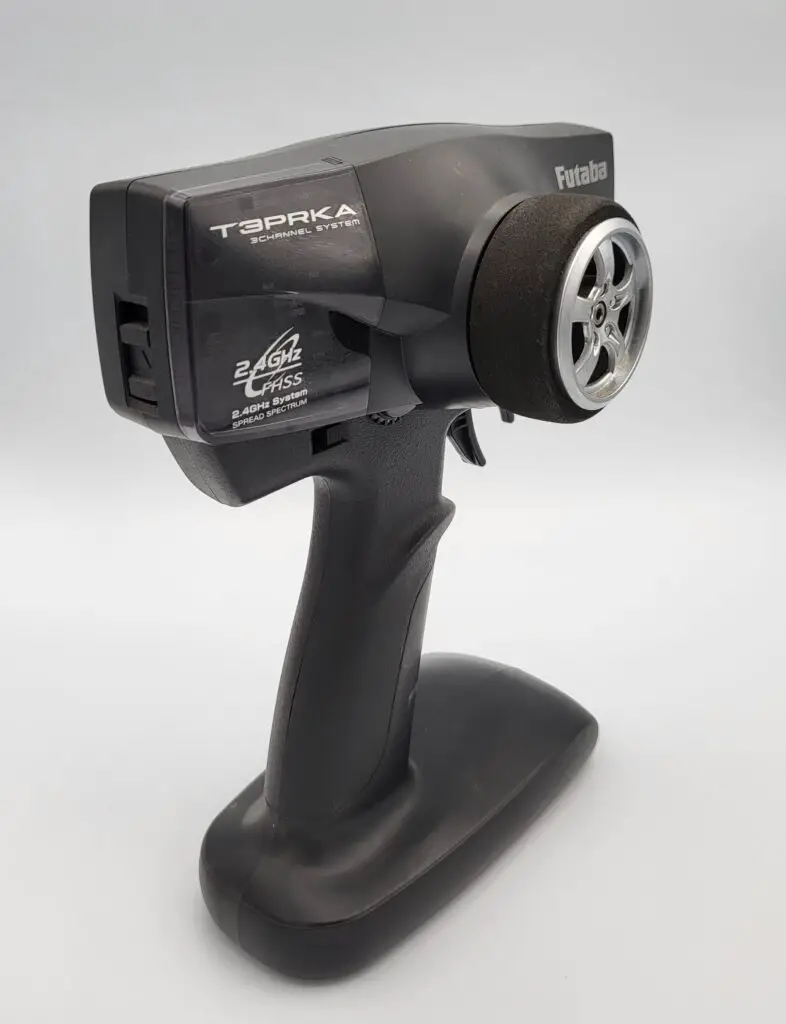
Helpful Links
For all your RC Questions, Click HERE
If you are interested in RC cars and trucks, RC World has you covered.
For RC boats and watercraft, check these articles out.
For all your RC Airborne endeavors, we have everything you need.
Mastering E-Bike Power Systems: Your Comprehensive Guide
E-bikes, or electric bicycles, have become increasingly popular in recent years as a mode of transportation and a recreational activity. With their ability to assist riders in pedaling…
7 Ways Battery Life Affects Electric Skateboard User Experience
For enthusiasts and hobbyists who have ventured into the exhilarating world of electric skateboarding, understanding the depth and influence of battery life on your ride experience is paramount….
Eco-Friendly Transportation: Exploring the Best Options for the Environment
As our society becomes increasingly aware of the impact of our actions on the environment, more and more people are seeking out eco-friendly alternatives in their daily lives….
Ultimate Guide to E-Bike Charging Stations
Electric bikes, commonly known as e-bikes, are revolutionizing urban travel, offering riders a sustainable and efficient mode of transport. At the heart of every e-bike is its battery,…
Definitive Guide to Safe E-Bike Commuting
The world of commuting is rapidly evolving, and E-Bikes constitute a significant part of this transformation. As individuals seek more eco-friendly and efficient forms of travel, E-Bikes have…
Wheel Size and Your Electric Skateboard: What You Need to Know
For the uninitiated, the wheel size of an electric skateboard may seem like a minor detail. However, for the avid hobbyist or professional rider, it’s a crucial factor…
7 Best Deck Materials for Electric Skateboards
In the exhilarating world of electric skateboarding, the foundation of a superior ride lies beneath the rider’s feet. The skateboard deck plays a crucial role in determining the…
Maximize E-Biking With Torque Sensors
E-bikes have become increasingly popular in recent years for their ability to provide a fun and eco-friendly mode of transportation. However, many riders may feel that their e-bike…
Pushing Your Nitro RC Car Performance to the Moon
The sound of a nitro engine revving up is one of the most satisfying sounds for us nitro racers. I’m sure you know by now that you can…

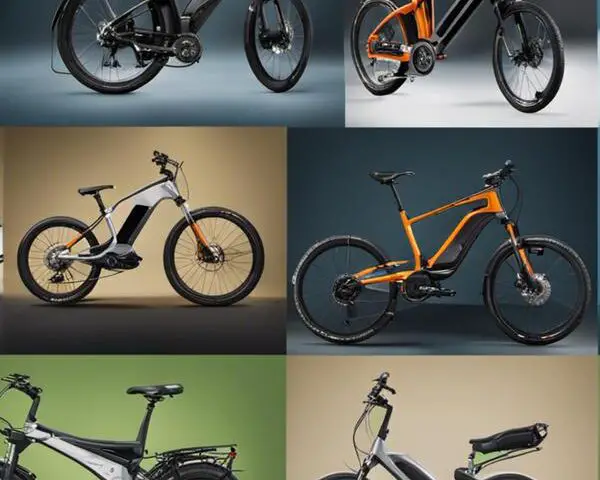
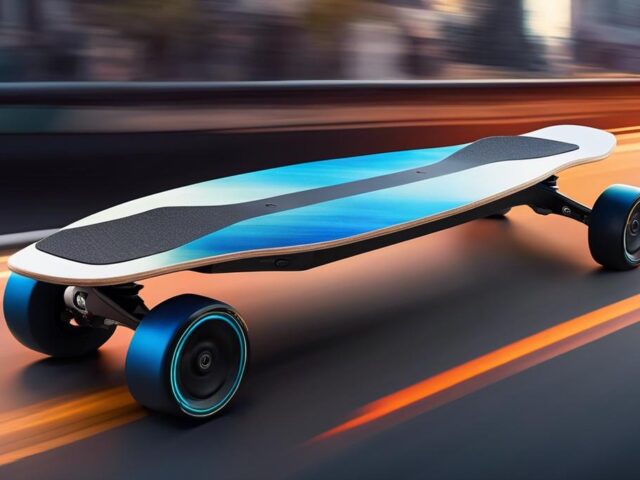
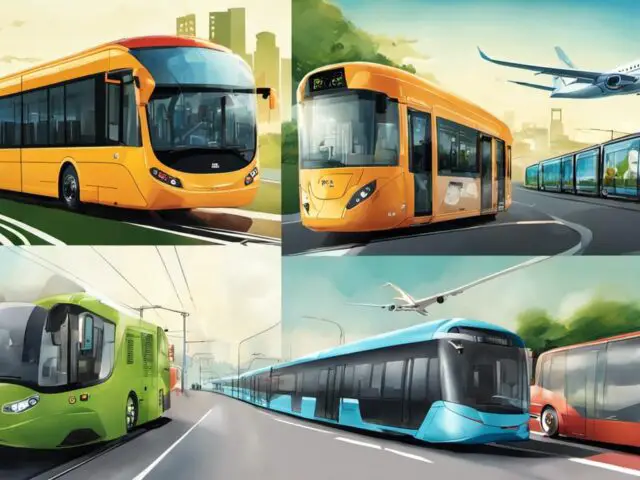

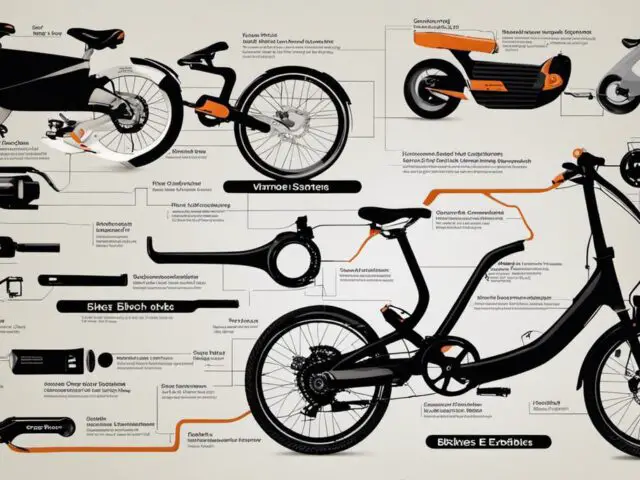
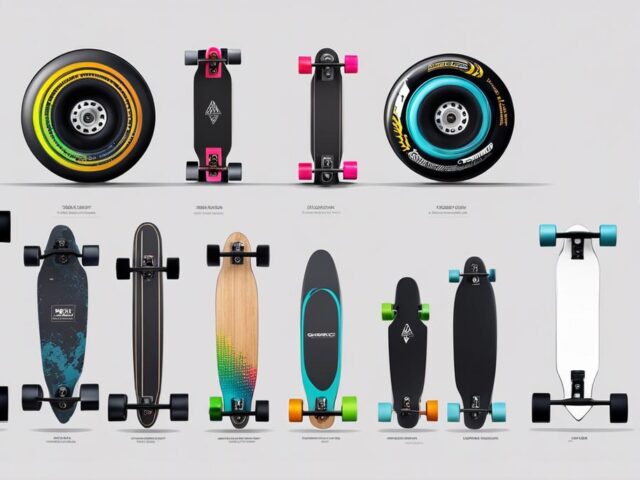

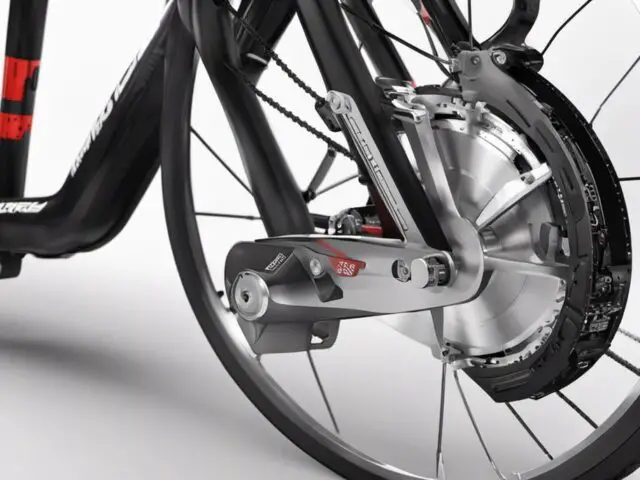
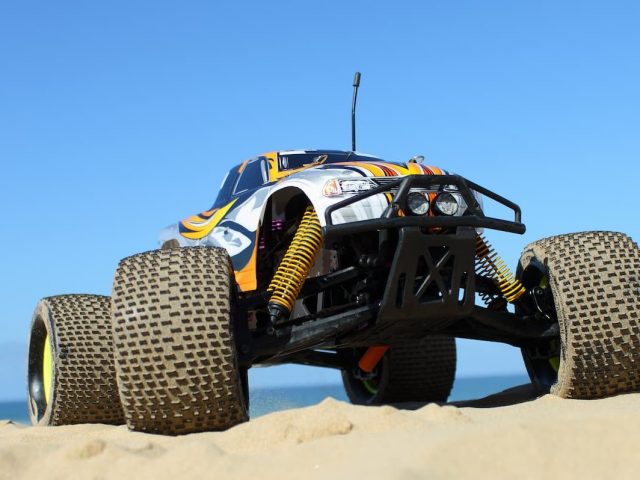
![Brushed or Brushless RC Cars [ Key Performance Impacts ]](https://radiocontrolledworld.com/wp-content/uploads/2021/02/Three-offroad-RC-cars-turning-into-a-sharp-turn-e1614201985371.jpg)
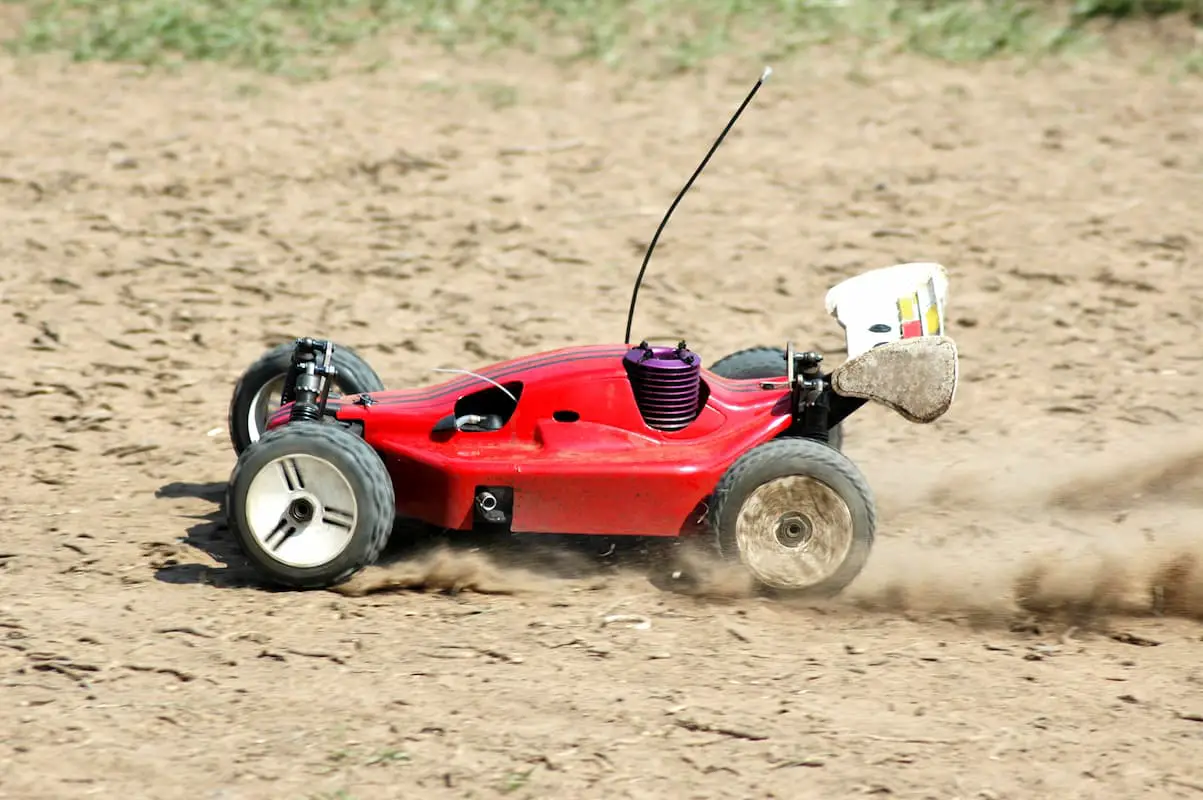
![Why Choose Nitro RC Cars [ Complete Newbie Guide ]](https://radiocontrolledworld.com/wp-content/uploads/2021/03/Nitro-RC-Car-Fun-e1615074022654.jpg)
